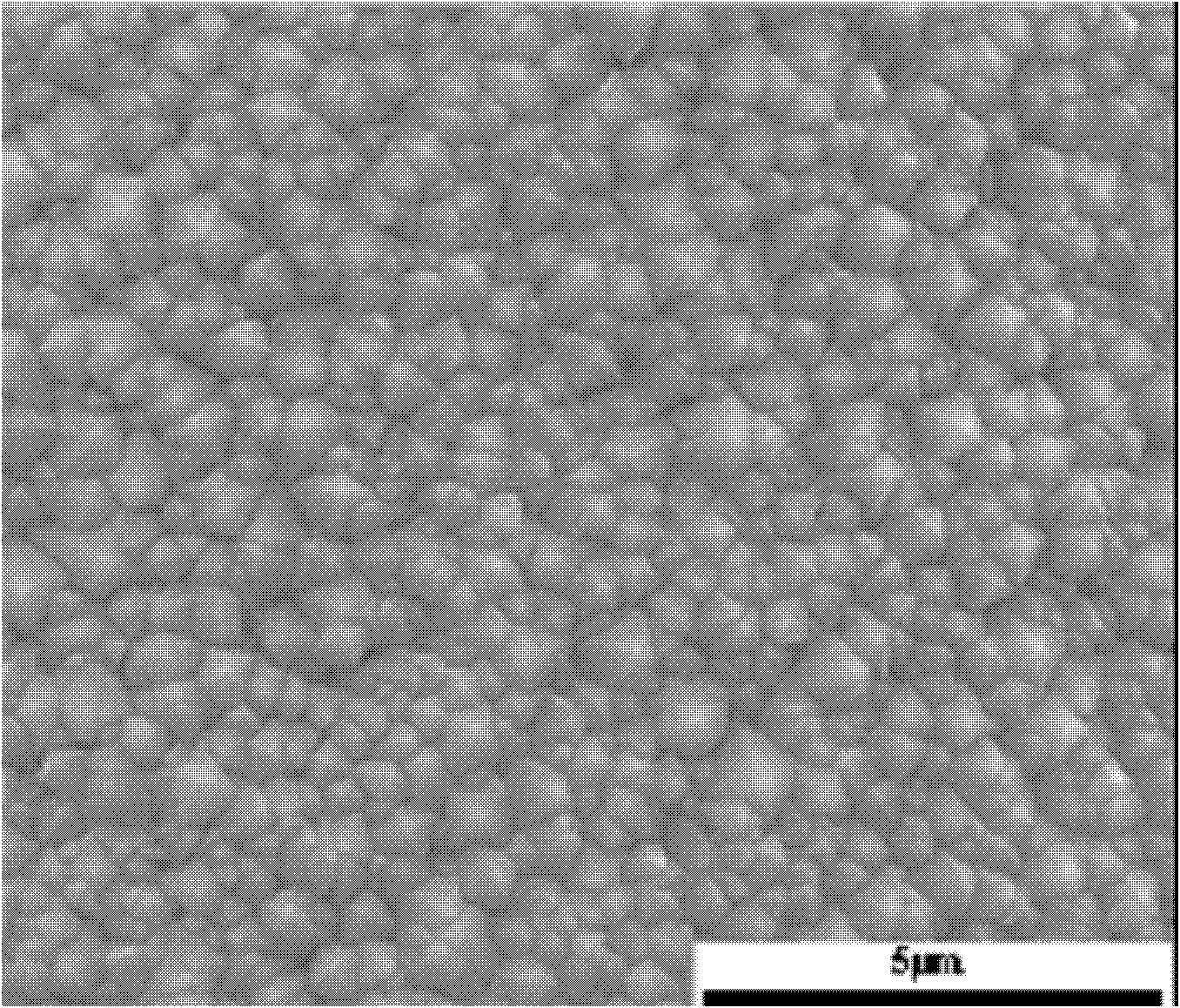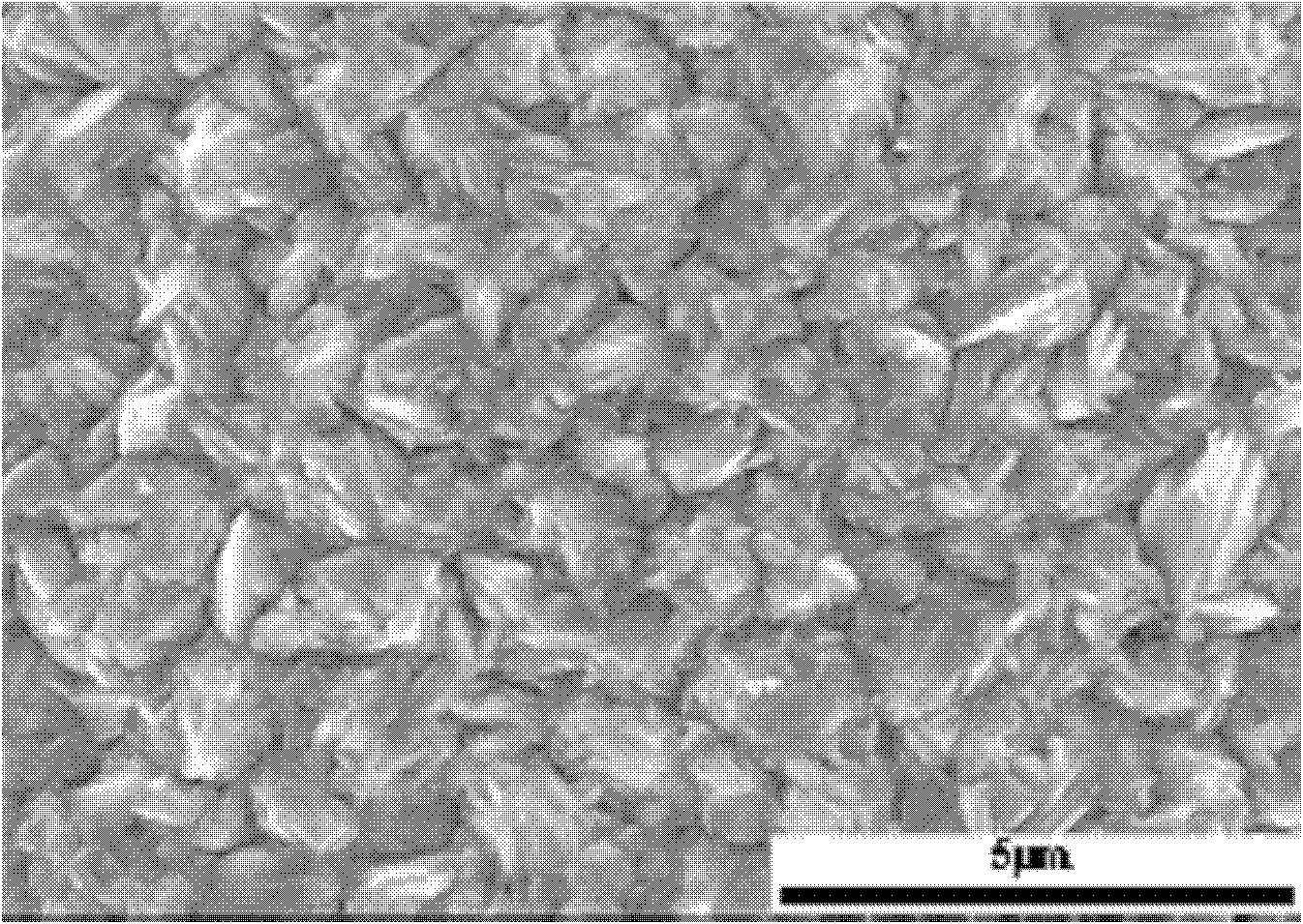Amorphous fibre end portion composite electroplate micro-jointing method
A composite electroplating and micro-connection technology, which is applied in jewelry and other fields, can solve the problems of poor micro-connection performance of amorphous fibers, and achieve the effects of easy control of coating thickness, low resistivity, and high thermal conductivity
- Summary
- Abstract
- Description
- Claims
- Application Information
AI Technical Summary
Problems solved by technology
Method used
Image
Examples
specific Embodiment approach 1
[0017] Specific Embodiment 1: A micro-connection method of composite electroplating at the end of an amorphous fiber according to this embodiment is carried out in accordance with the following steps: 1. The pre-plating treatment stage: wash the amorphous fiber with water for 1 to 2 times, and then use acetone or no Water and ethanol carry out surface cleaning and degreasing to the amorphous fiber after washing, and stand-by; 2. Electrolytic polishing treatment: a, get pure Pb block as anode, pure Ni block as cathode, place in electrolyte, at DC voltage 12V, The anode current density is 30~40A / dm 2 , under the condition that the electrolyte temperature is 35℃~45℃, electrolytic polishing is performed for 580~620s; b. Take a pure Pb block as an anode, and a pure Cu block as a cathode, put them in the electrolyte, and at a DC voltage of 1.7~2.0V, the anode The current density is 6~8A / dm 2 , the temperature of the electrolyte is at room temperature, and the electrolytic polishing...
specific Embodiment approach 2
[0023] Embodiment 2: This embodiment differs from Embodiment 1 in that: the diameter of the amorphous fiber described in step 1 is 10-90 μm, and the end of the amorphous fiber is plated with a length of 4 mm. Others are the same as in the first embodiment.
specific Embodiment approach 3
[0024] Specific embodiment three: the difference between this embodiment and specific embodiments one to two is that the electrolyte solution described in step two a is composed of concentrated sulfuric acid with a mass percentage content of 98% and pure water in a ratio of 4:3 by volume consist of. Others are the same as the specific embodiment 1 to 2.
PUM
| Property | Measurement | Unit |
|---|---|---|
| length | aaaaa | aaaaa |
| diameter | aaaaa | aaaaa |
| diameter | aaaaa | aaaaa |
Abstract
Description
Claims
Application Information
 Login to View More
Login to View More - R&D
- Intellectual Property
- Life Sciences
- Materials
- Tech Scout
- Unparalleled Data Quality
- Higher Quality Content
- 60% Fewer Hallucinations
Browse by: Latest US Patents, China's latest patents, Technical Efficacy Thesaurus, Application Domain, Technology Topic, Popular Technical Reports.
© 2025 PatSnap. All rights reserved.Legal|Privacy policy|Modern Slavery Act Transparency Statement|Sitemap|About US| Contact US: help@patsnap.com



